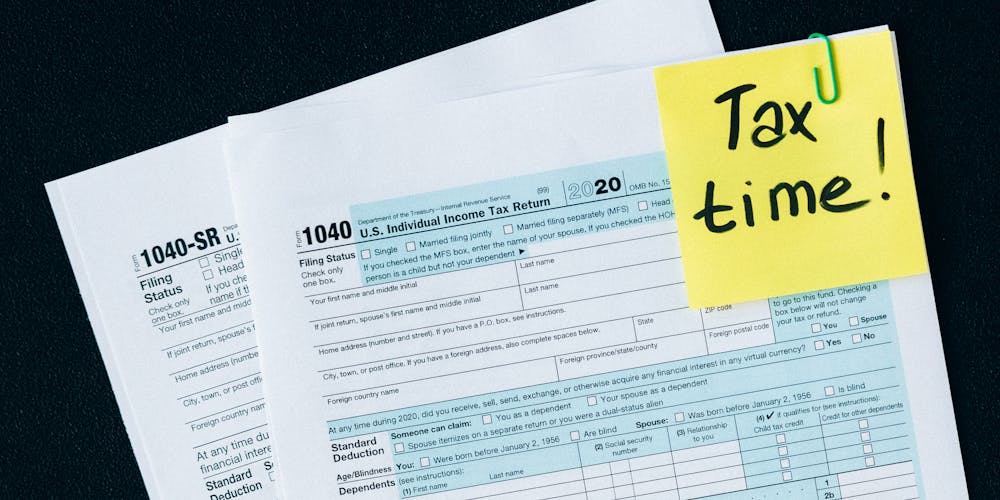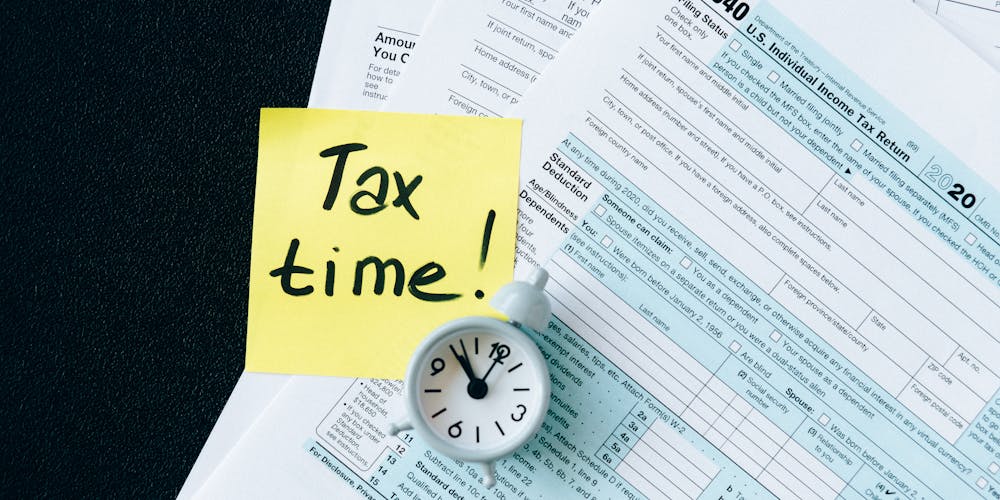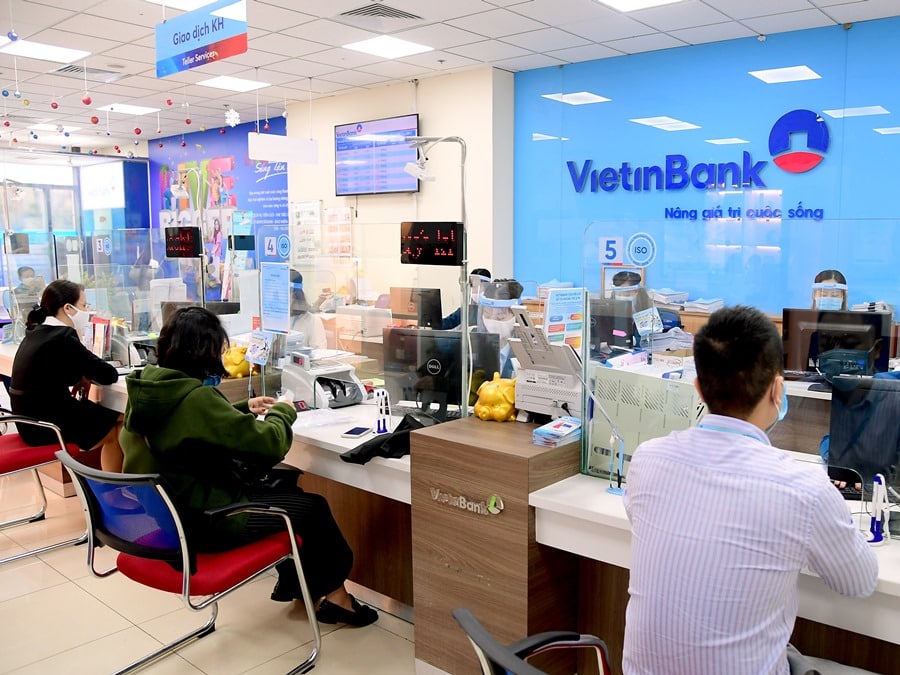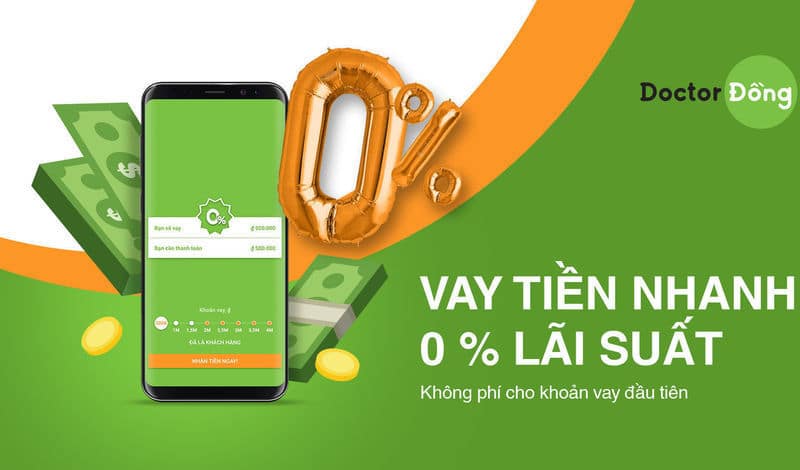In today’s fast-paced world, staying on top of the latest financial news and trends is essential. For almost 140 years, the Financial Times (FT) has been a trusted source for in-depth analysis and news on global markets, companies, and economies. But as technology rapidly evolves, so too has the FT. From its humble beginnings as a print newspaper to its modern-day digital platform, the Financial Times has transformed in order to better serve its readers. In this article, we will explore the evolution of the FT and how it has become a leading source for financial news and information.
DANH MỤC BÀI VIẾT
The Early Years: Print Newspaper (1888-1979)

The Founding of the Financial Times
The Financial Times was first published in 1888 by James Sheridan and Horatio Bottomley, two British journalists who wanted to provide comprehensive coverage of economic and financial news. The paper was initially priced at one penny and focused on London’s stock market, providing daily updates and analysis on the prices of stocks, bonds, commodities, and currencies.
Expansion and Growth
As the FT gained popularity and credibility, it expanded its coverage to include international markets and economies. In the early 1900s, the paper began covering European markets and later expanded to Asia and the United States. This allowed the FT to become a truly global brand, catering to the needs of investors and businesses around the world.
Key Milestones
Over the years, the FT achieved several key milestones that established its reputation as a trusted source for financial news. In 1934, it became the first European newspaper to publish a daily stock index, which is now known as the FTSE 100. In 1945, it launched its first foreign edition in New York City, followed by its Asian edition in Tokyo in 1985. In 1979, the paper was acquired by the British publishing company Pearson, which remains its owner to this day.
The Digital Revolution: Online Platform (1995-Present)

The Launch of FT.com
In 1995, the FT launched its first online platform, FT.com, making it one of the first newspapers to do so. This move was a response to the growing demand for digital content and the increasing popularity of the internet. FT.com initially offered free content, but in 2002, it introduced a subscription model that gave readers access to premium articles and features.
Expansion into Mobile and Social Media
As technology continued to advance, the FT adapted and expanded its digital offerings. In 2007, it launched a mobile app for iPhone users, providing on-the-go access to the latest financial news and analysis. The following year, the FT became the first newspaper to reach one million followers on Twitter, solidifying its presence on social media. In 2012, it introduced HTML5 technology, allowing readers to access content across multiple devices.
The Paywall Model
In 2007, the FT implemented a porous paywall, which allowed non-subscribers to access a limited number of articles per month before being prompted to subscribe. This was a bold move at the time, as many other newspapers were offering their content for free online. However, the paywall has proven to be successful, with over 1 million paid subscribers as of 2020.
Innovation and Adaptation: The Future of Financial Times

The Rise of Data Journalism
In recent years, the FT has embraced data journalism, using technology and data analysis to create interactive charts and graphs to present complex financial information in a visually appealing way. This has allowed readers to better understand and analyze market trends and patterns.
Focus on Sustainability
As the world becomes increasingly aware of the importance of sustainability, the FT has also shifted its focus to covering environmental, social, and governance (ESG) issues. This has included launching a dedicated ESG section on its website and publishing the first-ever Financial Times Sustainable Investment Awards in 2020.
Expansion of Events and Conferences
The FT has also expanded its presence in the events and conference space, hosting over 200 events annually around the world. These events bring together top experts and leaders to discuss pressing economic and financial issues, providing valuable insights for readers.
FAQs

What is the current circulation of the Financial Times?
As of 2020, the Financial Times has a daily circulation of over 1 million copies worldwide.
How much does an FT subscription cost?
The cost of an FT subscription varies depending on the package chosen, but it typically ranges from $39-$69 per month.
Does the FT have a mobile app?
Yes, the FT has mobile apps available for both iOS and Android devices.
Can I access FT articles for free?
While some articles are available for free on FT.com, most require a subscription to access.
Is the FT only focused on financial news?
No, the FT also covers a wide range of topics including politics, business, economics, and lifestyle.
Conclusion

From its beginnings as a print newspaper to its current position as a leading digital platform, the Financial Times has evolved and adapted to meet the changing needs of its readers. With a strong focus on innovation, data journalism, and sustainability, the FT remains a vital source of information for businesses, investors, and anyone looking to stay informed about the latest financial news and trends. As technology continues to advance, we can expect to see even more changes and advancements from the Financial Times in the future.




















